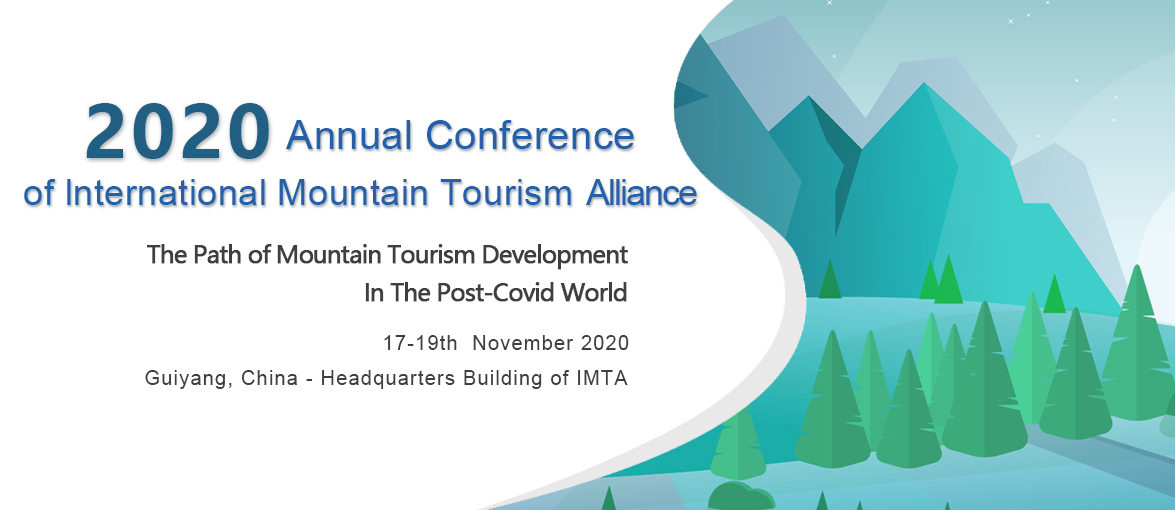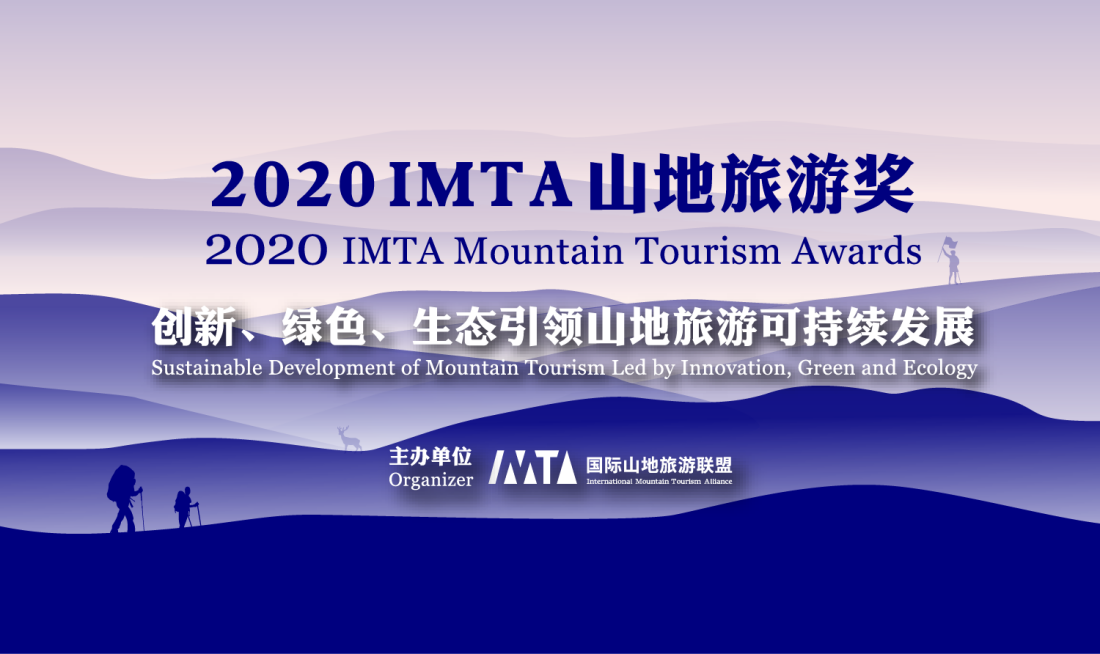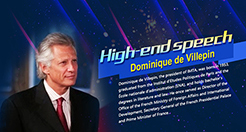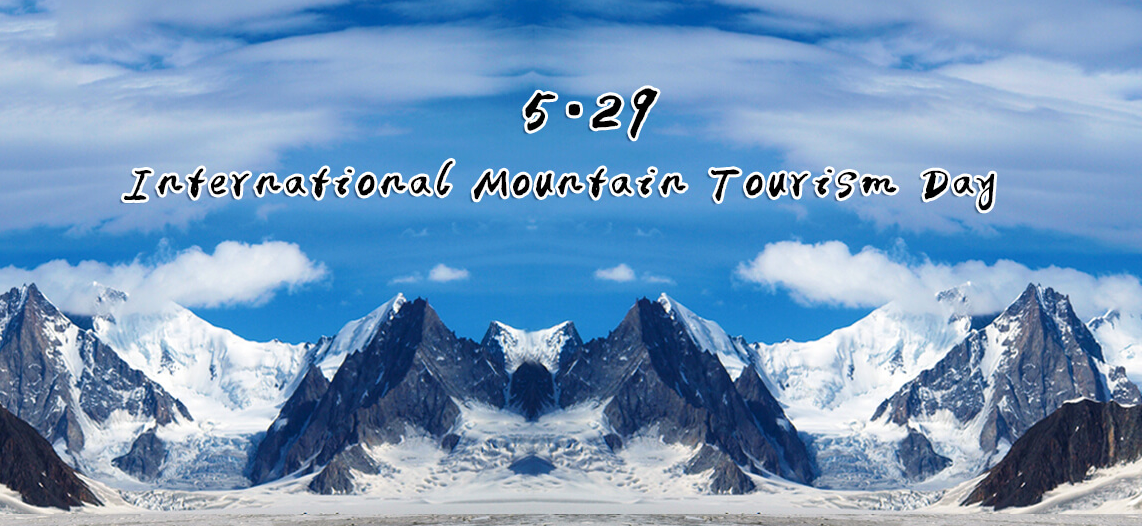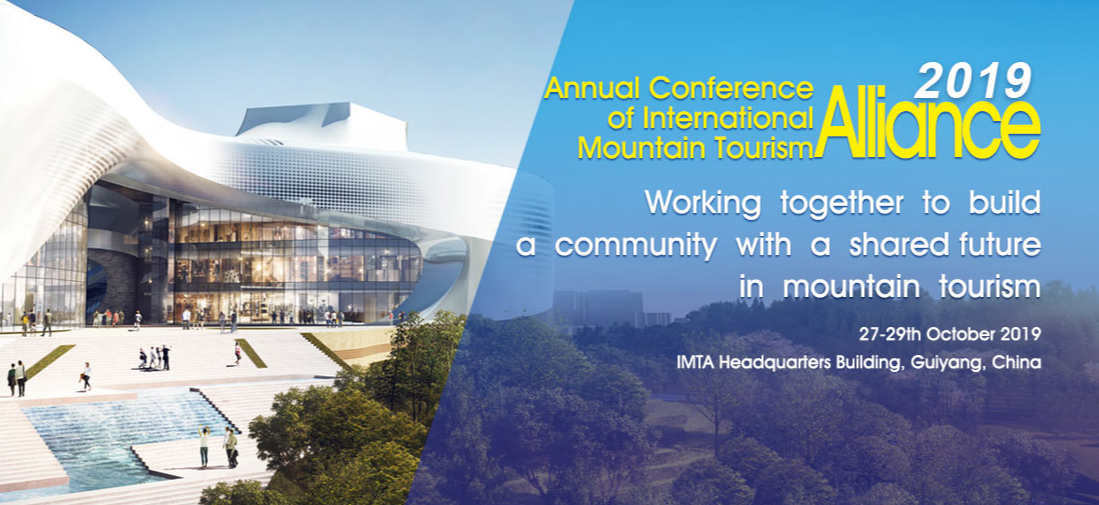Editor's note: On September 15, the "International Mountain Tourism Alliance (IMTA) Annual Conference and Dialogue among World Famous Mountains 2023" opened in Xingyi City, Guizhou Province. Gathering over 200 participants, including IMTA members, renowned international organizations, relevant national cultural and tourism departments, leaders and officials from Guizhou Province, professional tourism organizations and enterprises, world-famous mountain and mountain tourism destination institutions, media and other esteemed guests. The conference was themed with "Mountain Tourism Resource Innovation and Destination Construction." Simultaneously, the Dialogue among World Famous Mountains explored the theme "World Famous Mountains Empower the Wellness of Mountain Tourism." Discussions revolved around cutting-edge strategies for mountain resource protection, innovative utilization, and development, fostering an inclusive and collaborative atmosphere.
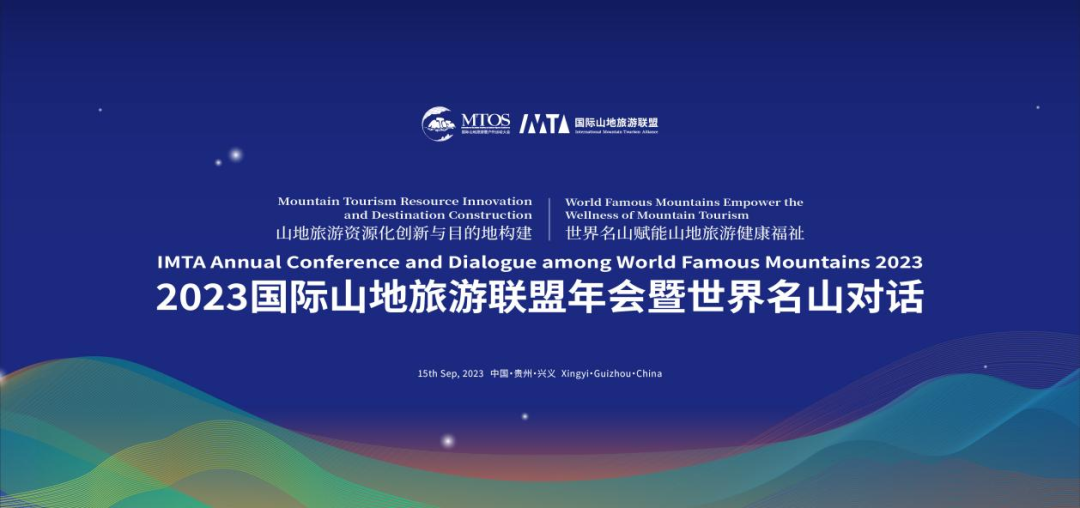
Keiko Katoda, Special Professor of Nishikyushu University, delivered a keynote speech at the Dialogue among World Famous Mountains 2023.
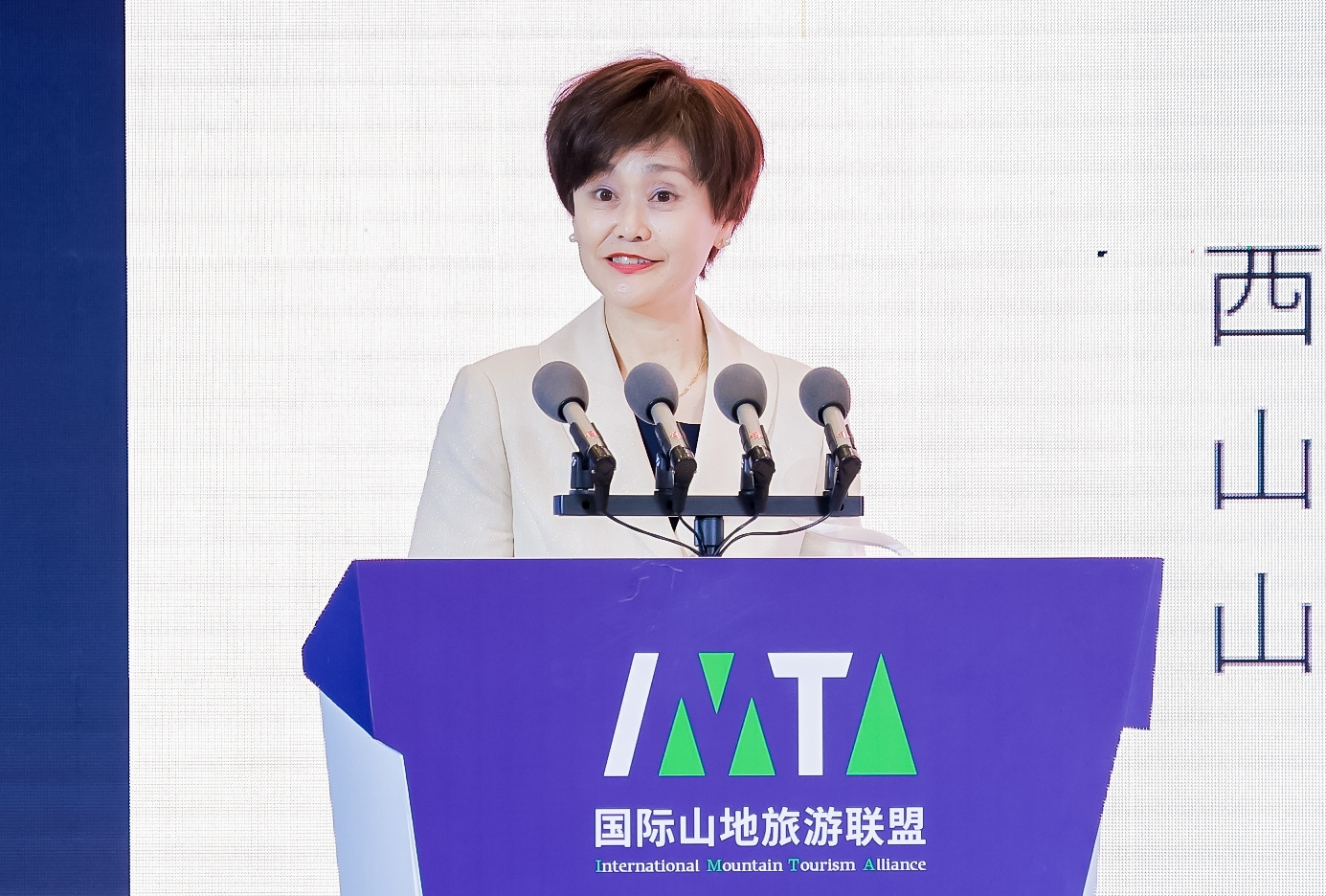
The following is the full text of the speech:
Now, I will talk about the topic of the potential of “Welfare and Cultural” mountain tourism.
First of all, I will give an account of the concept of “Welfare and Cultural Perspective.” To give you a better knowledge of this concept, I will cite two instances.
Welfare and Cultural Perspective
First, what is the “Welfare and Cultural Perspective”? Japan established the Japanese Society for the Study of Human Welfare and Culture (the Society for short) in 1989. In its “Purpose of Establishment”, the Society made the following statements: Welfare originally refers to “efforts that are made by mankind in pursuit of happiness in life.” In view of this, any individual, be it disabled or normal, young or old, female or male, should be the being as a man to fully relish the process of life. We actively develop public welfare, organize research and practice activities, and cultivate new culture, in order to create a more inclusive culture.
At the inception phase of the establishment of the Society, Japan’s fast economic growth stage was drawing to an end. Back then, a multitude of Japanese people, who just got rid of economic poverty, believed that the focus on happiness should be transformed into “Enriched life quality” from “Economic prosperity.”
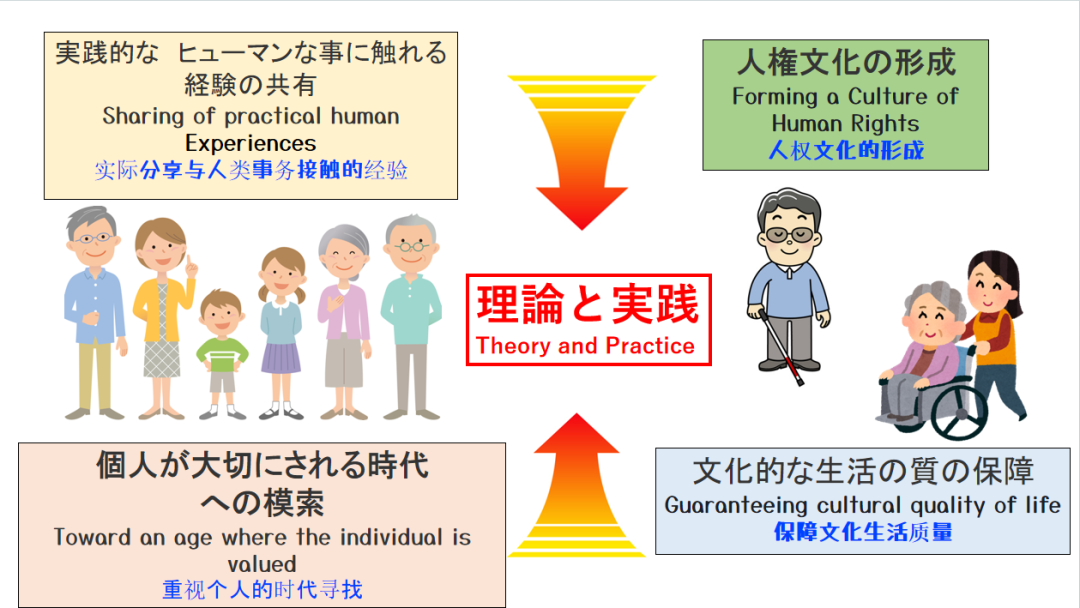
Image source: Keiko Katoda
Hence, society members set store by the undermentioned three points in studies and practices:
First, uplift the welfare to the normal cultural level of mankind(Normalization). Second, create an “Inclusive culture accessible to social vulnerable groups ”(Inclusion). Third, embody and fulfill the notion of welfare and culture in communities (Embodiment in Community).
Later, to achieve the foregoing 3 points, members took up concrete challenges while starting from the specific themes “Era in Which Everyone is Highly Respected”, “Assuring the Quality of Cultural Life”, “Evolvement of Human Rights Culture”, “Sharing of Human Culture Experience”.
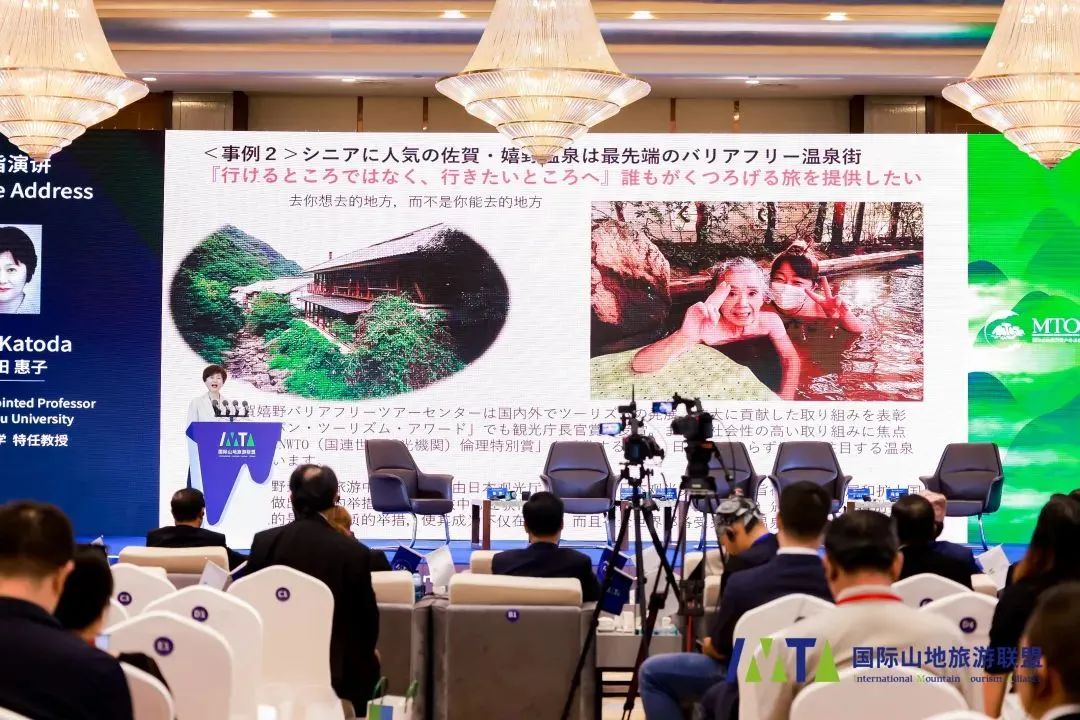
Image source: IMTA
“Welfare and Culture” Practices
The “Welfare and Culture” practices are not just participated in by scholars, but also supported by citizens. If they are organized in a wide range, these practices will add more colors to people’s lives.
In view of this, cultural factors are introduced into the welfare, for example, elderly care homes begin to stress the seniors’ privacy, permit animal feeding in the facilities, and value the seniors’ opinions, etc., uplifting the welfare service quality to a higher people-oriented level.
In addition, citizens in different areas, whether they are disabled or not, all of them have more chance to chase their dreams and challenge themselves to achieve self-worth.
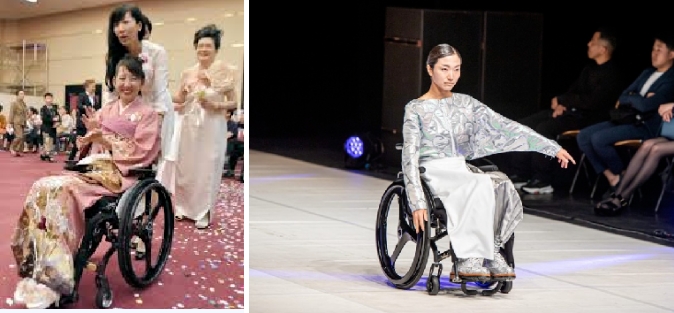
Image source: Keiko Katoda
These pictures were taken at fashion shows held for those who are wheelchair-bound. Prior to this, the disabled had few chances to relish fashion freely, let alone the dream of showing up on the stage as a fashion model. Such experience made her become a performer rather than an onlooker.
Instances on Welfare and Cultural Activities
I will first introduce welfare and cultural activities relating to mountain tourism. It’s a story about seven individuals with mental retardation who challenged the hiking to the Himalayas. This project originated from a disabled man who voiced his dream to climb the highest mountain in the world. When hearing the dream, people usually brush aside it with a smile, thinking it is just a dream of a mentally retarded person. However, to help him achieve the dream, colleagues and working staff joined the project and made concerted efforts: they raised funds and invited advisors for preliminary training.
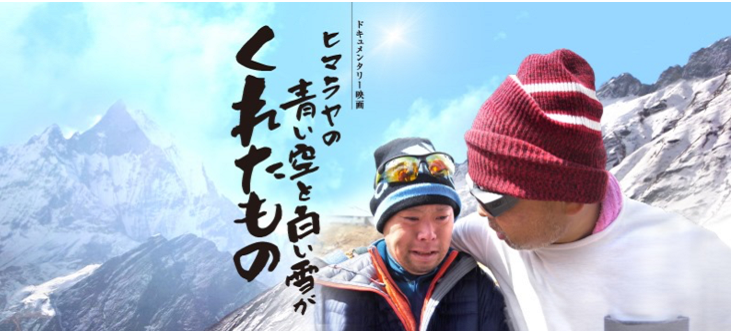
Image source: Keiko Katoda
They planned to spend 6 days hiking and arriving at the “Annapurna” base camp (elevation above sea level: 4200m) in the Himalayas (elevation above sea level: 8000m). During the journey, they had to cope with the local grim natural environment in the Himalayas, which went beyond their imagination. How did the 7-person team deal with a string of challenges? The team tided over difficulties for the strong mutual trust and friendship between team members. When getting to the foot of the mountain, they said with strong emotion: “No matter how severe the barrier ahead is, the dream will come true”.
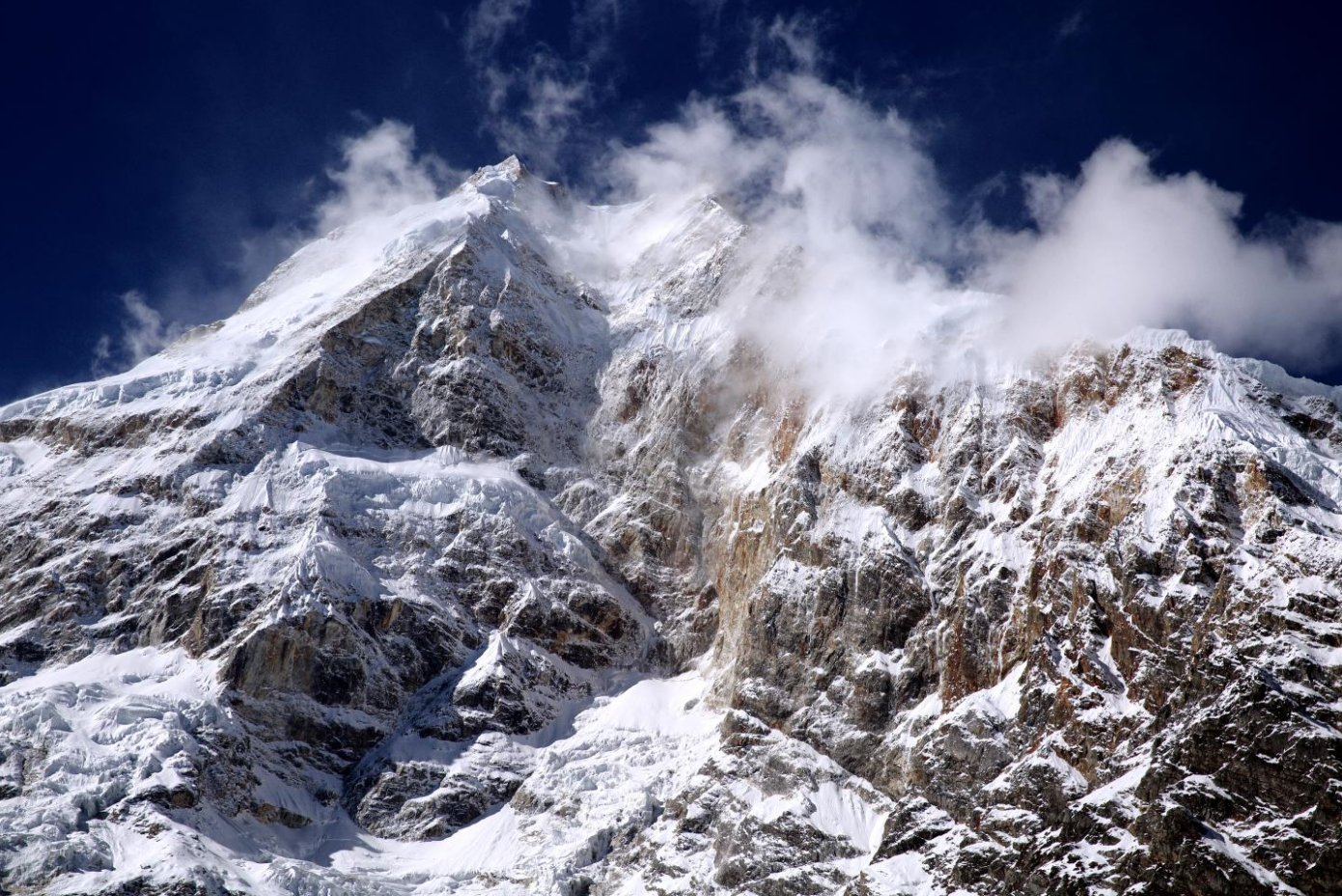
The Himalayas Image source: IMTA
I believe that this emotion at the moment is as the same as that they got when gearing up for the mountain climbing. To be honest, one of my students took part in this project in the capacity of a welfare house worker. He told me that this mountain climbing brought him a wonderful experience. This project has been made into a film, and you are free to watch it if time permits.
I will tell you the second story on a barrier-free hot spring town with the most advanced facilities, which is welcome among the seniors. This project’s slogan is “It’s a place not for your option but for your desire.” The “Ureshino Barrier-free Tourism Destination” (the Destination for short) lies in Saga-ken where Nishikyushu University is located. The Destination was conferred the “Japan Tourism Agency Excellent Award” for its contributions to the development of domestic and overseas tourism industries, and also granted the “UNWTO Moral Special Award”, making it a hot spring vacation village of world interest.
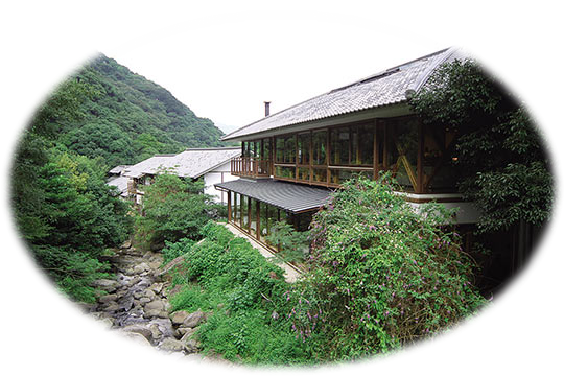
Image source: Keiko Katoda
Hot spring is a sightseeing and holiday facility for easing physical fatigue. Hot spring has a time-honored history, and the Japanese people, not least the seniors, show special interest in hot spring. However, as people grow older, they will feel increasingly feeble on legs and have inconveniences in actions. Along the journey to hot spring vacation village in the wildness there are a lot of environmental barriers, so it’s difficult for the people who move about with difficulty to get to the hot spring. What’s more, the journey to the hot spring is also a great challenge to the companions and nursing staff. In some cases, even family members, in face of the foregoing problems, have to give up the idea of visiting the hot spring.
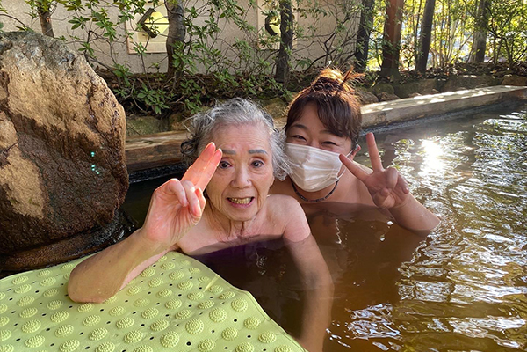
Image source: Keiko Katoda
However, in Ureshino Hot Spring Tourist Resort there are not just hospitality facilities but also barrier-free passages around the “Barrier-free Tourism Destination” throughout the town. At the entrance, we have built the slope for the convenience of wheelchair-bound visitors, installed the communication panels, and arranged and employed professional nursing workers from local welfare agencies to provide services, ridding you of worries about the seniors’ bathing problems.
Thanks to our efforts in improving the environment and providing services, we reassure you that the seniors and their family members can get to the desired place without worries.
In a super-aged society, the ratio of those with disabilities and physical inconveniences is bound to rise with each passing day. In the future, it will be normal to provide given care services for people with disabilities or physical inconveniences.
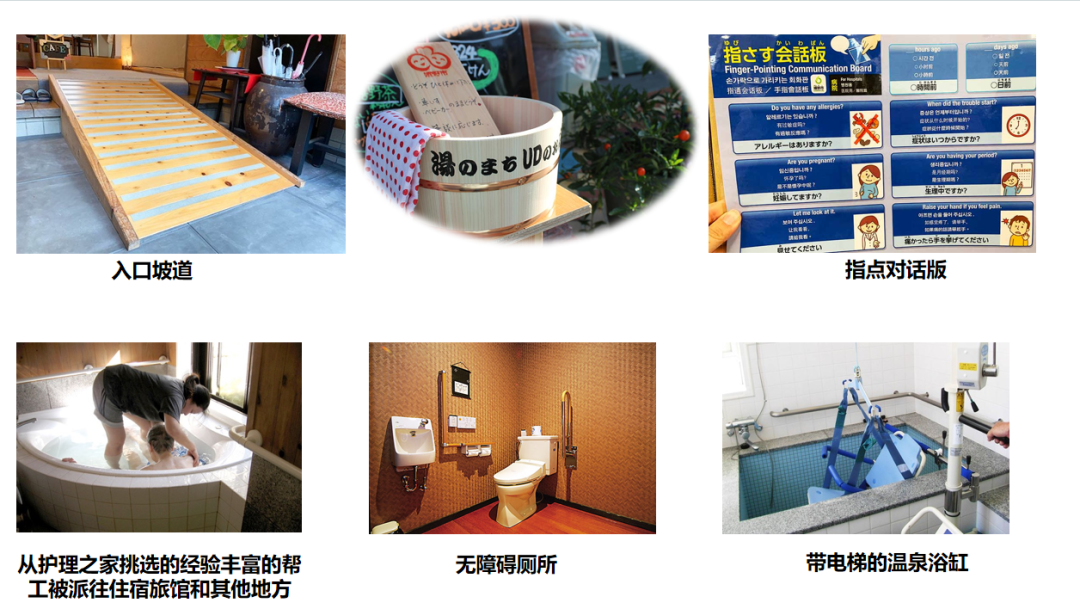
Image source: Keiko Katoda
Judging from the aforesaid two instances, we can see that it’s pragmatic and deservedly normal to practice the themes “Era in Which Everyone is Highly Respected”, “Assuring the Quality of Cultural Life”, “Evolvement of Human Rights Culture”, “Sharing of Human Culture Experience”.
Given that we develop the project with the “Welfare and Culture” notion, and provide opportunities for people with varied demands, I am convinced that the development of mountain tourism will keep expanding.
Text source: IMTA
Editor Ⅰ: Zhang Wenwen
Editor Ⅱ: Wu Dan
Editor Ⅲ: Liu Guosong



